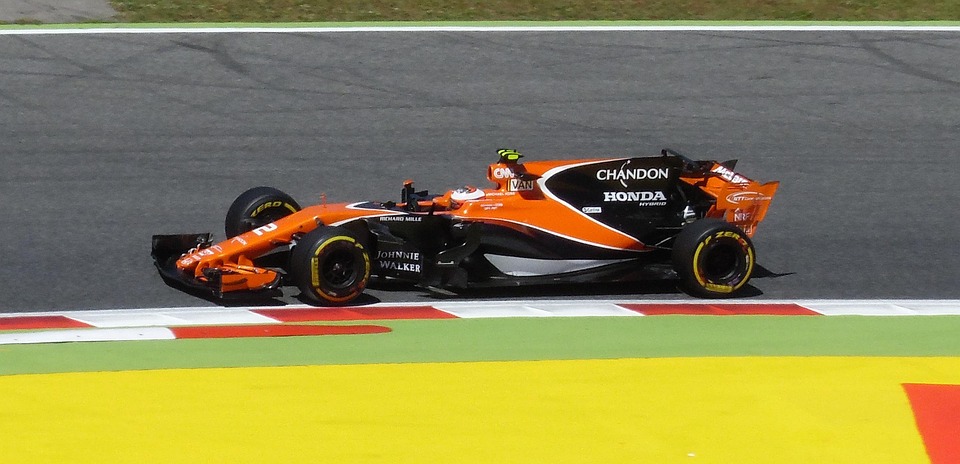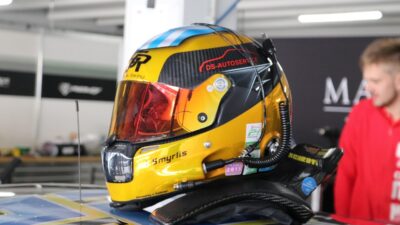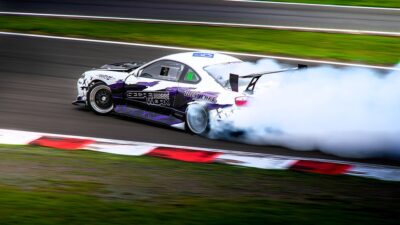Formula 1 racing is more than just a sport; it’s an intricate blend of art and science, where engineering marvels, cutting-edge technology, and meticulous precision collide. The goal? To achieve maximum speed while ensuring safety and efficiency. This article explores the science behind Formula 1 cars and how engineering innovations continually redefine the limits of performance.
Aerodynamics: Cutting Through the Air
One of the most crucial aspects of F1 car design is aerodynamics. Engineers optimize the shape of the car to minimize drag and maximize downforce.
The Role of Downforce
Downforce is the aerodynamic force that pushes the car down onto the track, enhancing tire grip and stability, especially at high speeds. The front and rear wings create different pressure zones, allowing the car to "stick" to the road. Advanced computational fluid dynamics (CFD) techniques and wind tunnel testing have revolutionized this field, enabling engineers to simulate air flow around the car shapes before any physical prototypes are constructed.
Ground Effect and Diffusers
In recent years, teams have reintroduced concepts like ground effect, which uses the car’s floor to generate downforce. Sophisticated diffusers channel air efficiently from under the car, generating a significant aerodynamic advantage. This innovation illustrates how teams are continuously pushing the boundaries of physics to gain a competitive edge.
Power Units: The Heart of Speed
At the core of every F1 car is its power unit—a hybrid marvel of engineering combining internal combustion engines (ICE) and energy recovery systems (ERS).
Internal Combustion Engines
Modern Formula 1 engines are turbocharged V6 units that operate efficiently at high RPMs. With a weight limit of 145 kg, these engines are surprisingly compact yet produce around 1,000 horsepower. Innovations in materials and design have allowed engineers to improve thermal efficiency, resulting in more power while consuming less fuel.
Energy Recovery Systems
The hybrid aspect introduces two crucial elements: the kinetic energy recovery system (KERS) and the thermal energy recovery system (TERS). KERS captures energy from braking, which can then be deployed to enhance acceleration, while TERS recovers energy from exhaust gases. This dual approach not only increases performance but also aligns with growing concerns about sustainability in motorsport.
Tires: The Ultimate Interface
The tires are the only point of contact between the car and the track, making their design and performance vital for a successful race strategy.
Compound and Grip
F1 tires come in various compounds, affecting their grip and longevity. Softer compounds provide better grip but wear out faster, requiring strategic pit stops. Tire engineers must consider temperature, pressure, and environmental conditions to optimize performance. The choice of tire compound can often be the difference between victory and defeat.
Temperature Management
In the high-speed world of F1 racing, managing tire temperature is crucial. Properly heated tires offer enhanced grip; however, overheating can lead to reduced performance and safety issues. Teams utilize telemetry data to monitor tire conditions in real-time, allowing for informed decisions on tire management during races.
Safety Innovations: The Next Frontier
As speeds have escalated, so has the focus on safety. Modern F1 cars incorporate numerous safety features designed to protect drivers.
The Halo Device
One of the most significant innovations in recent years is the Halo device, a protective structure that surrounds the driver’s head, safeguarding against impacts from debris or rolling incidents. This feature illustrates how enhancing driver safety can complement aerodynamics without sacrificing performance.
Crash Testing and Simulation
Rigorous crash testing and simulation protocols ensure that cars are built to withstand catastrophic events. Resources for structural integrity analysis, such as finite element modeling (FEM), help engineers identify vulnerable points, leading to designs that prioritize driver safety while maintaining speed.
Conclusion: The Pursuit of Perfection
In Formula 1, the intersection of science and engineering creates a perpetual state of evolution. Teams are in a constant race against time and technology, striving for perfection. As advancements in materials science, aerodynamics, and data analytics proliferate, the pinnacle of motorsport continues to push the boundaries of what’s possible.
The engineering marvels of Formula 1 are not merely about speed; they represent a relentless pursuit of excellence, innovation, and safety in one of the most technologically advanced arenas in the world. With every race, the science of speed unfurls its wonders, setting the stage for future generations to build upon this extraordinary legacy.



